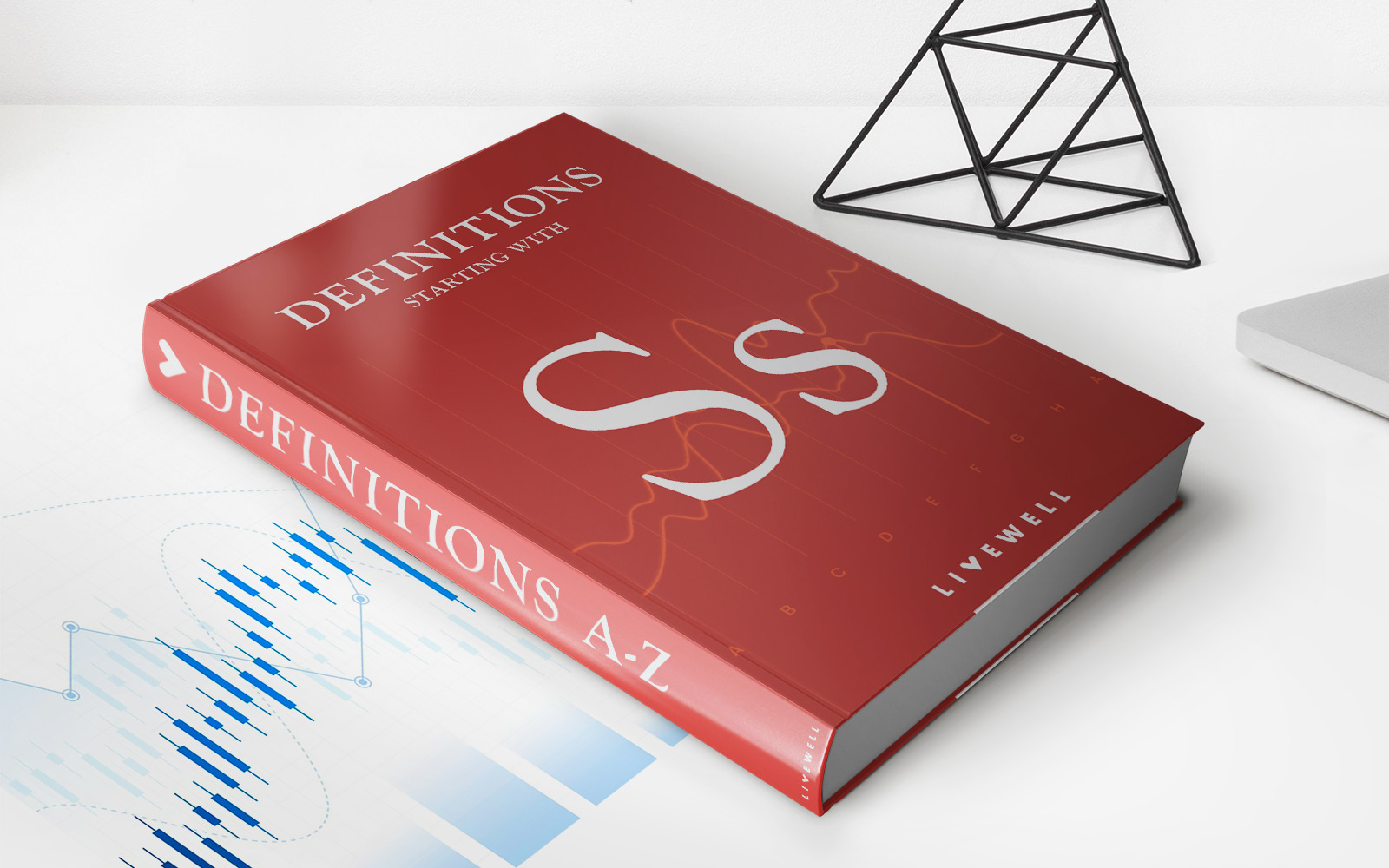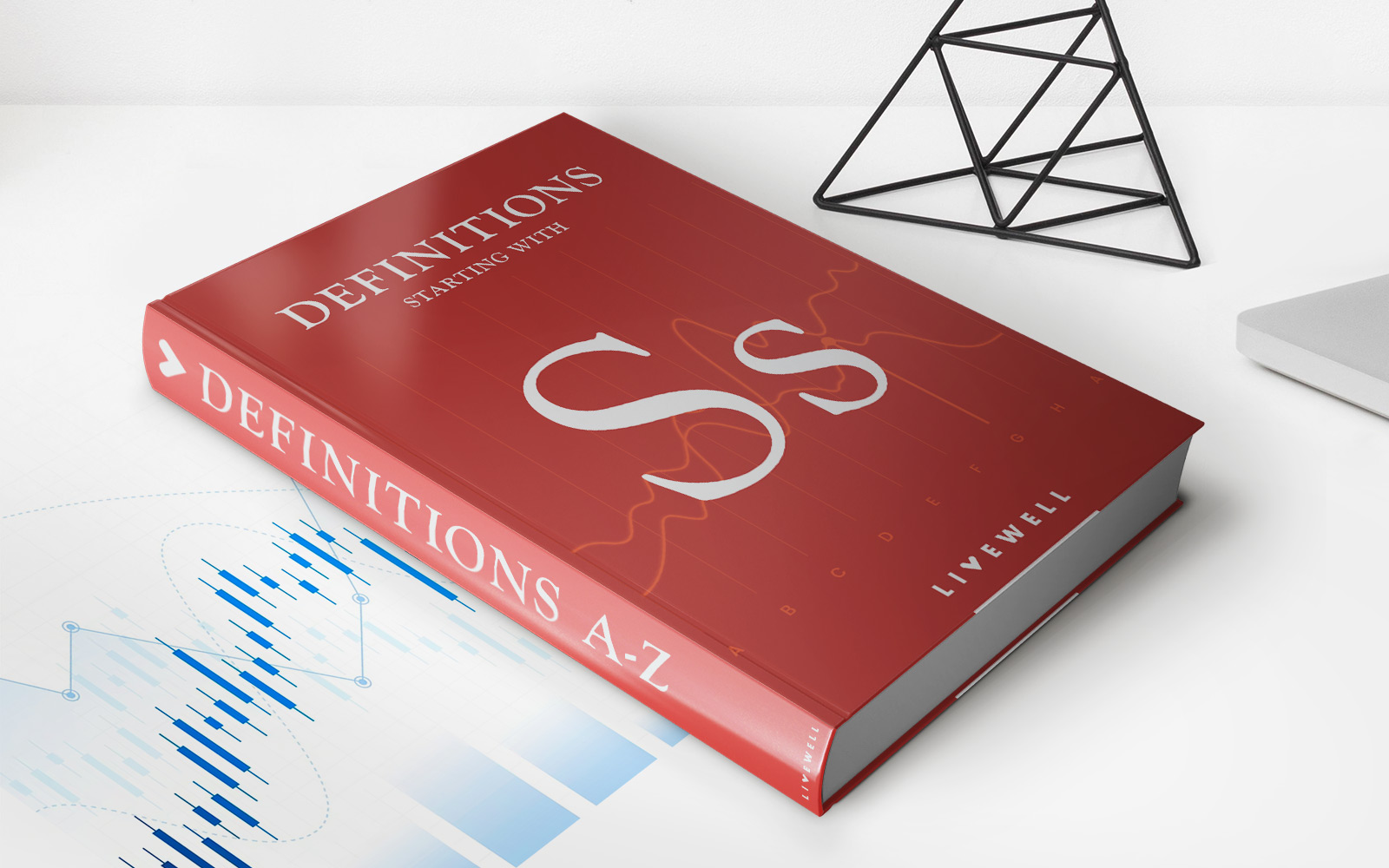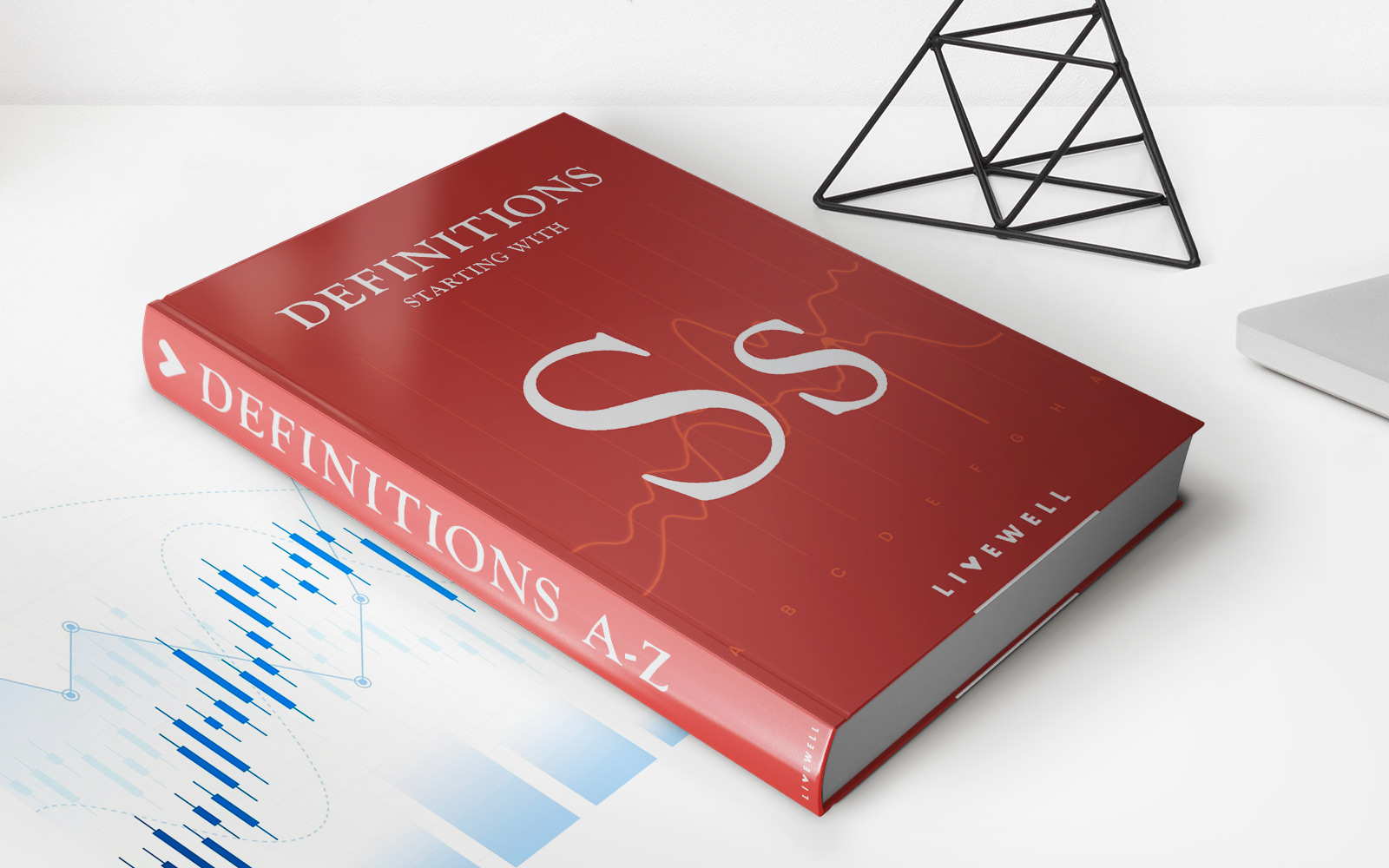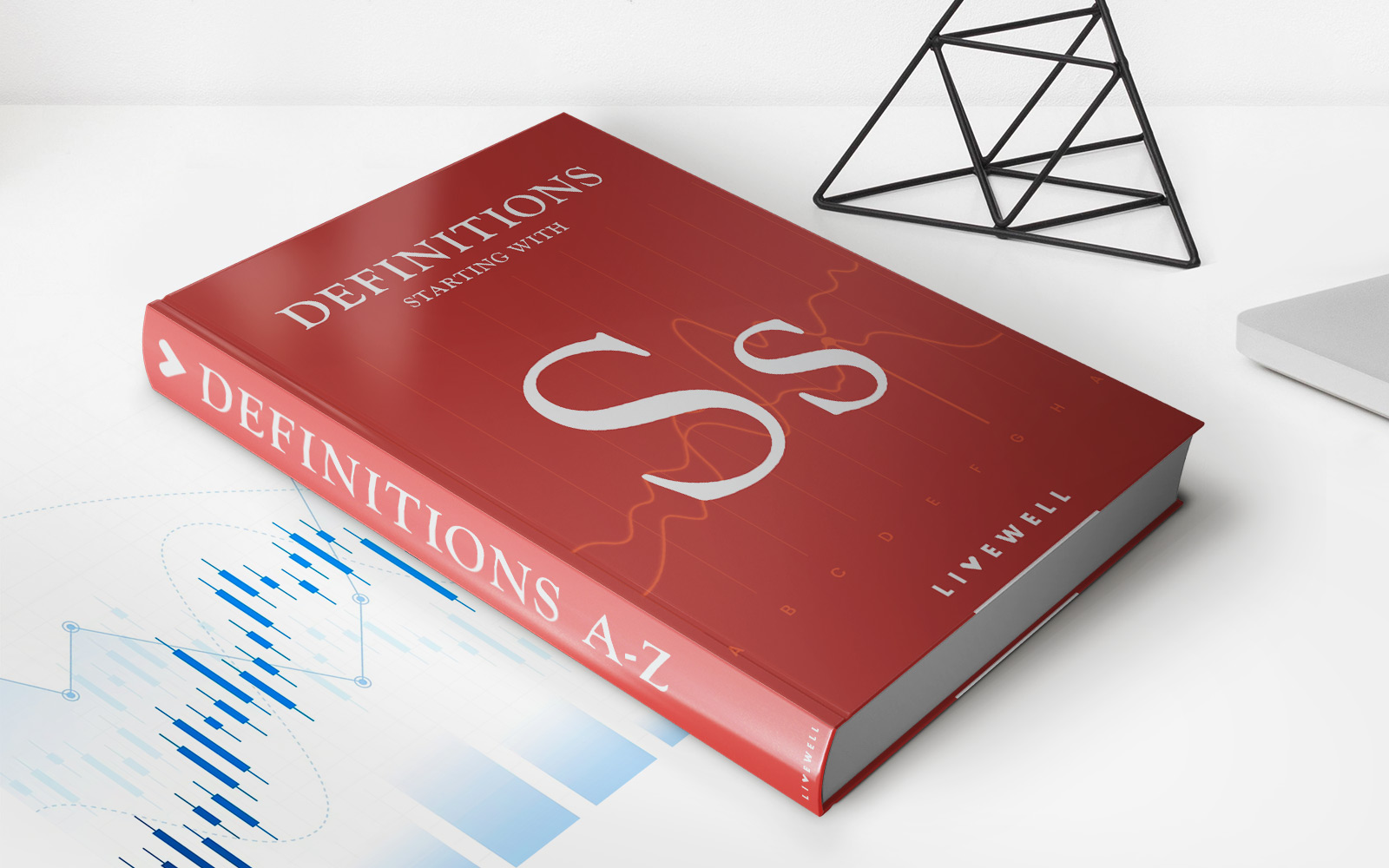

Finance
Short Interest Theory Definition
Published: January 28, 2024
Learn what short interest theory means in the world of finance and how it impacts market trends and investor sentiment.
(Many of the links in this article redirect to a specific reviewed product. Your purchase of these products through affiliate links helps to generate commission for LiveWell, at no extra cost. Learn more)
Understanding Short Interest Theory Definition in Finance
Welcome to the finance category of our blog! Today, we’re diving into a fascinating topic that every investor should be familiar with – Short Interest Theory. In this post, we will explore the definition of Short Interest Theory in finance and its implications for the stock market. If you’ve ever wondered about the significance of short interest in investing, this article is for you!
Key Takeaways:
- Short Interest Theory refers to the number of shares that have been sold short by investors.
- High short interest can sometimes indicate negative sentiment or skepticism towards a particular stock.
What is Short Interest Theory?
Short Interest Theory, also known as Short Interest Ratio or Short Percentage of Float, is a measure used in finance to gauge investor sentiment towards a particular stock. It represents the number of shares that have been sold short by investors, expressed as a percentage of the stock’s total float.
When investors “short” a stock, they borrow and sell shares they do not own, with the expectation that the stock’s price will decline. The goal is to buy back the shares at a lower price and return them to the lender, profiting from the difference. Short Interest Theory focuses on the number of shares sold short and provides insights into the overall market sentiment towards a stock.
Implications and Interpretation
Understanding Short Interest Theory is crucial for investors, as it can provide valuable insights into market sentiment and potentially influence investment decisions. Here are a few key implications and interpretations of Short Interest Theory:
- Positive Sentiment: A low short interest ratio may indicate positive sentiment or confidence in a particular stock. This suggests that investors believe the stock has the potential to rise in value and are not actively selling it short.
- Negative Sentiment: On the other hand, a high short interest ratio might suggest negative sentiment or skepticism towards a stock. If many investors are selling a stock short, it could indicate concerns about its future performance or belief that the stock’s price is overvalued.
It’s important to note that Short Interest Theory should not be the sole factor influencing investment decisions. Other fundamental and technical analysis should also be considered to evaluate a stock’s potential.
Conclusion
Short Interest Theory plays a significant role in understanding market sentiment and investor expectations towards a particular stock. By examining the number of shares sold short, investors can gain insights into both positive and negative sentiment, which may inform their investment decisions.
Remember, it’s crucial to conduct comprehensive research and analysis before making any investment decisions. Short Interest Theory should be used as a part of a well-rounded approach to evaluate stocks and should not be the sole determinant of investment choices. Stay informed, analyze the market, and make informed decisions to help achieve your financial goals.














